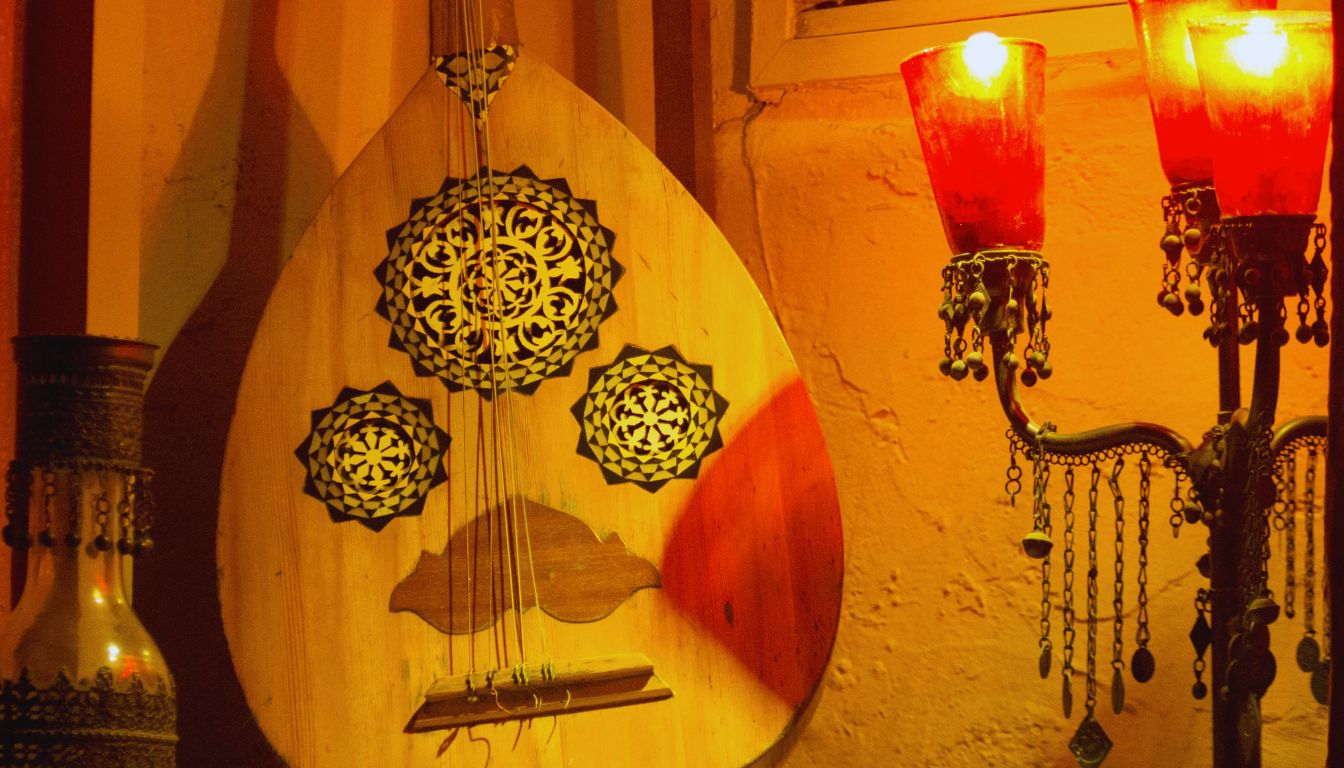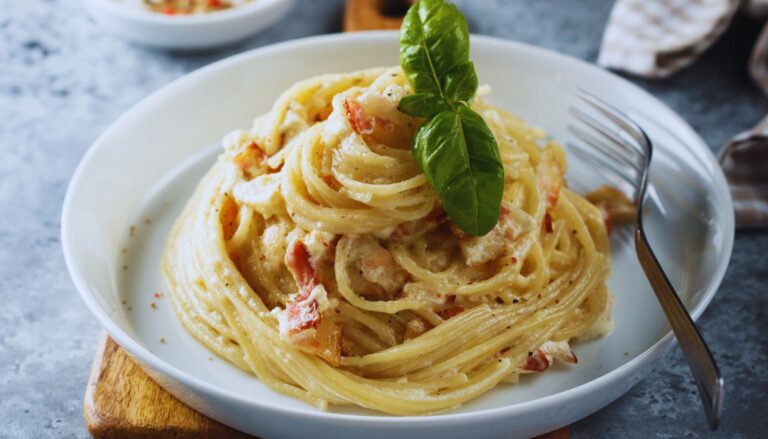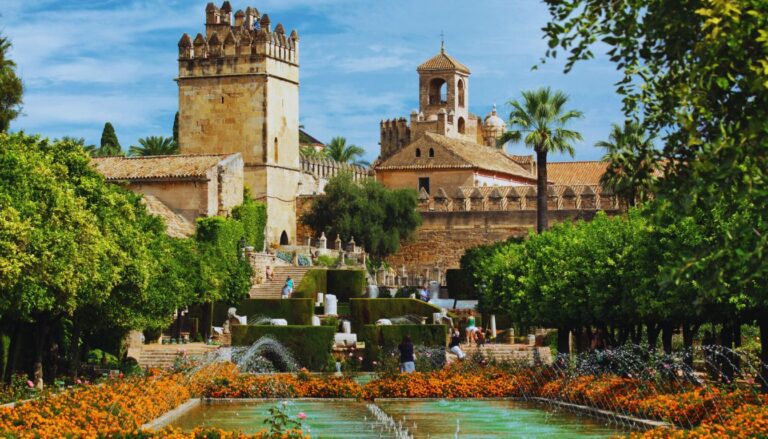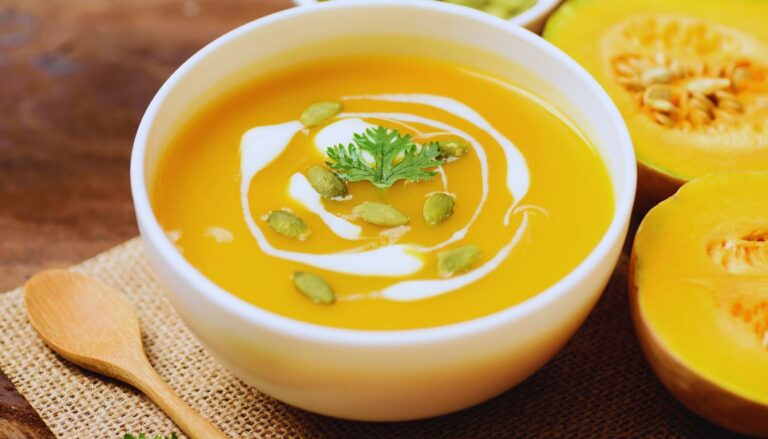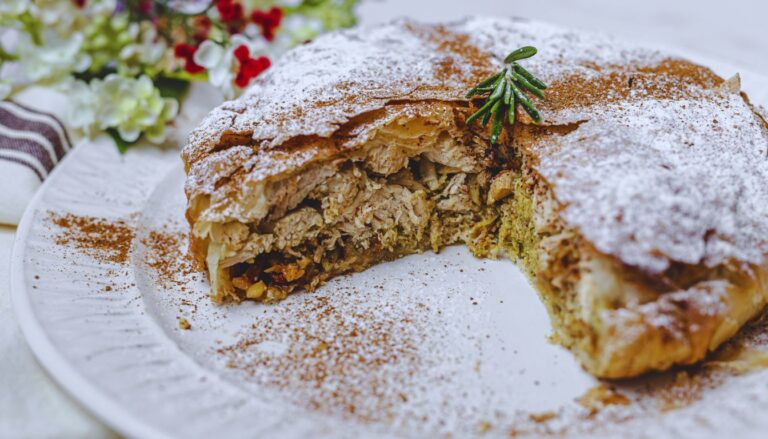Levantine music is a rich tapestry of sounds, rhythms, and melodies that reflects the diverse cultural heritage of the Eastern Mediterranean region. From the haunting vocals of Lebanese diva Fairuz to the energetic beats of dabke folk dance, Levantine music offers a unique blend of traditional and contemporary styles that have captivated audiences around the world.
In this article, we’ll explore the fascinating world of Levantine music, tracing its roots from ancient times to the present day. We’ll discover the instruments, styles, and cultural influences that have shaped this vibrant musical tradition. Whether you’re a music enthusiast, a cultural explorer, or simply curious about the sounds of the Middle East, join us on a journey through the melodious landscape of the Levant.
Table of Contents
The Geographic and Historical Context of Levantine Music

To understand Levantine music, we must first grasp the geographic and historical context that shaped it.
Geographic Context:
The Levant refers to the eastern Mediterranean region that includes modern-day Lebanon, Syria, Jordan, Israel, Palestine, and parts of southern Turkey. This area is characterized by:
- Coastal areas along the Mediterranean Sea
- Mountain ranges like the Lebanon Mountains
- Inland regions with varied landscapes
- Important historical cities such as Damascus, Beirut, and Jerusalem
This diverse geography has influenced the development of different musical styles and instruments across the region.
Historical Context:
The Levant has been a crossroads of civilizations for thousands of years, each leaving its mark on the region’s musical traditions:
- Ancient civilizations: Phoenicians, Canaanites, and others (3000 BCE onwards)
- Greek and Roman periods: (332 BCE – 636 CE)
- Islamic conquests and various Muslim dynasties: (7th century CE onwards)
- Crusader period: (11th – 13th centuries CE)
- Ottoman rule: (16th – early 20th century CE)
- European colonial influence: (19th – mid-20th century CE)
- Modern era: (Mid-20th century to present)
Each of these periods brought new musical influences, instruments, and styles to the region.
Key Factors Shaping Levantine Music:
- Cultural exchange: The Levant’s position as a trade hub facilitated the exchange of musical ideas.
- Religious diversity: Islamic, Christian, and Jewish traditions all influenced the region’s music.
- Language: Arabic became the dominant language, influencing vocal styles and lyrical content.
- Social and political changes: Various ruling powers and social movements impacted musical expression.
Understanding this context helps us appreciate the diverse influences that have contributed to the rich tapestry of Levantine music.
Traditional Levantine Musical Instruments
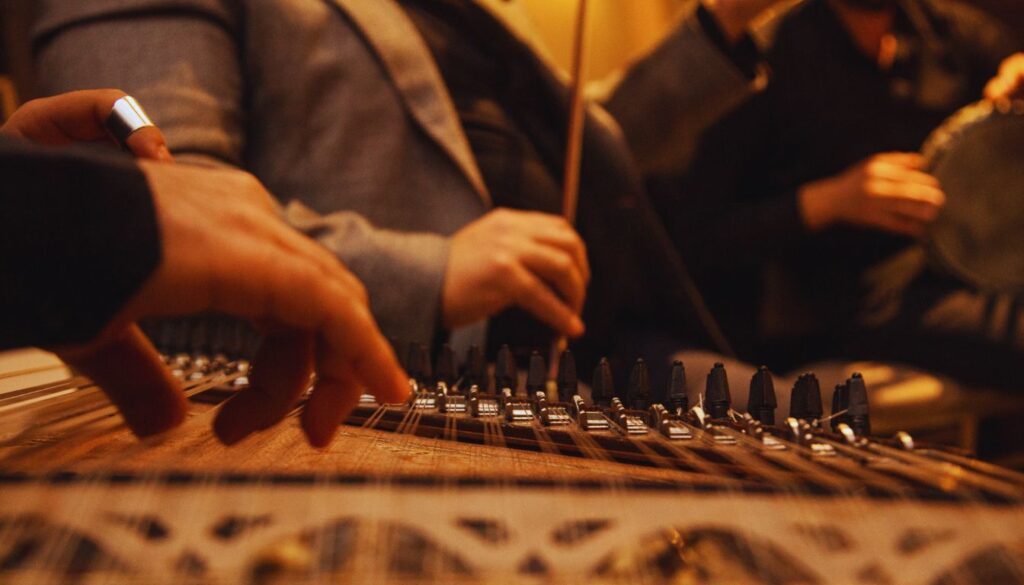
Levantine music is characterized by its use of a wide array of traditional instruments, many of which have ancient origins. These instruments create the distinctive sound that is instantly recognizable as Middle Eastern. Let’s explore some of the key instruments used in Levantine music:
- Oud:
- Often called the “king of instruments” in Arab music
- A pear-shaped stringed instrument, ancestor of the European lute
- Produces a warm, resonant tone
- Central to many Levantine musical traditions
- Qanun:
- A flat, trapezoidal string instrument
- Played on the lap or on a table
- Known for its delicate, ethereal sound
- Often used in both classical and folk music
- Ney:
- An end-blown flute made from reed
- One of the oldest musical instruments still in use
- Produces a breathy, haunting tone
- Often associated with Sufi music
- Darbuka (also known as tabla):
- A goblet-shaped drum
- Played with the hands
- Provides the rhythmic foundation for much Levantine music
- Used in both classical and popular music
- Riq:
- A type of tambourine
- Features small cymbals around its frame
- Used to add rhythmic accents and jingles to the music
- Buzuq:
- A long-necked fretted lute
- Similar to the Greek bouzouki
- Popular in Lebanese and Syrian folk music
- Mijwiz:
- A type of double reed pipe
- Produces a distinctive, reedy sound
- Often used in folk music and dabke dance accompaniment
- Violin (Kaman):
- Adopted from Western music but played in a distinctly Middle Eastern style
- Often used to play intricate melodic lines in Arabic maqam scales
These instruments are often played together in various combinations, creating the rich, layered sound characteristic of Levantine music. Many of these instruments require years of practice to master, and skilled players are highly respected in Levantine musical traditions.
The unique timbres and playing techniques of these instruments allow for the expression of the subtle tones and microtones that are essential to Arabic music. They provide the foundation for the complex melodies and rhythms that define Levantine musical styles, from classical compositions to folk tunes and contemporary fusion.
The Art of Tarab: Emotional Expression in Levantine Music
Tarab is a concept central to Levantine and Arabic music that goes beyond mere musical performance. It refers to a state of emotional ecstasy or enchantment that music can induce in both the performers and the listeners. Understanding tarab is key to appreciating the depth and power of Levantine music.
Key aspects of Tarab:
- Emotional Connection:
- Tarab is about creating a profound emotional connection between the musician and the audience.
- It’s often described as a form of musical ecstasy or enchantment.
- Improvisation:
- Skilled musicians often improvise to heighten the emotional impact of their performance.
- This spontaneity allows the music to respond to and enhance the emotional atmosphere of the moment.
- Audience Participation:
- In traditional settings, audiences actively participate by expressing their emotions and encouraging the performers.
- Expressions like “Allah!”, “Ya Salam!” or “Yeslam!” are common to show appreciation.
- Vocal Techniques:
- Singers use various techniques to evoke tarab, including mawwal (vocal improvisation) and layali (improvised vocalization using nonsense syllables).
- Lyrical Content:
- Themes of love, longing, and loss are common in tarab music, helping to evoke strong emotions.
- Extended Performances:
- Tarab performances can last for hours, allowing for a deep emotional journey.
Famous Tarab Singers:
- Umm Kulthum (Egypt): Known as the “Star of the East,” her concerts could last for hours.
- Fairuz (Lebanon): Her emotive voice has made her a cultural icon across the Arab world.
- Sabah Fakhri (Syria): Known for his ability to maintain vocal control during long performances.
Tarab in Modern Context:
While traditional tarab performances are less common today, the concept continues to influence Levantine music. Modern artists often strive to create a sense of tarab in their recordings and live performances, even when fusing traditional styles with contemporary genres.
Understanding tarab helps listeners appreciate the emotional depth and cultural significance of Levantine music, going beyond mere appreciation of melody and rhythm to a more profound emotional experience.
Maqam: The Backbone of Levantine Melodies
Maqam (plural maqamat) is a system of melodic modes used in traditional Arabic music, including Levantine music. It’s not just a scale, but a set of rules for how to use and ornament that scale, creating the characteristic sound of Arabic music.
Key features of Maqam:
- Structure:
- Each maqam is built on a scale with specific intervals between notes.
- Unlike Western scales, maqamat can include quarter tones (notes between the half steps of a piano).
- Mood and Emotion:
- Each maqam is associated with a specific mood or emotion.
- Musicians choose maqamat to evoke particular feelings in their audience.
- Improvisation:
- Maqamat provide the framework for both composed pieces and improvisation.
- Skilled musicians can move between maqamat during a performance to create emotional shifts.
- Regional Variations:
- While the maqam system is used throughout the Arab world, there are regional differences in how maqamat are used and named.
Common Maqamat in Levantine Music:
- Maqam Bayati: Often associated with joy and vitality
- Maqam Rast: Considered strong and masculine
- Maqam Sika: Often used to express love and devotion
- Maqam Hijaz: Can evoke feelings of longing or sadness
Learning Maqam:
Mastering the maqam system is a lifelong pursuit for many musicians. It requires not only technical skill but also cultural understanding and emotional sensitivity.
Maqam in Modern Music:
While traditional use of maqamat continues, contemporary Levantine musicians also experiment with blending maqamat with Western scales and harmonies, creating unique fusion styles.
Understanding the maqam system is crucial for appreciating the subtleties and emotional depth of Levantine music. It’s the musical language that allows Levantine musicians to express complex emotions and cultural narratives through their melodies.
Folk Music and Dance: The Heart of Levantine Culture
Folk music and dance play a vital role in Levantine culture, serving as a means of cultural expression, social bonding, and celebration. These traditions, passed down through generations, reflect the region’s history, values, and way of life.
Dabke: The Popular Levantine Folk Dance
- A line dance performed at weddings and other celebrations
- Dancers link arms and step in time to the music
- Led by a lawih (leader) who guides the group’s movements
- Accompanied by folk songs and instruments like the tablah (drum) and mijwiz (reed pipe)
Types of Levantine Folk Songs:
- Ataba:
- A form of improvised folk poetry set to music
- Often deals with themes of love, pride, and social issues
- Mijana:
- Another form of sung poetry, often performed as a dialogue between two singers
- Dal’ona:
- A rhythmic folk song often accompanying dabke
- Lyrics often praise the beauty of women or the bravery of men
- Zajal:
- A form of oral poetry competition, where poets improvise verses on given themes
- Wedding Songs:
- Special songs for different parts of traditional wedding ceremonies
Regional Variations:
- Lebanese zajal is known for its witty wordplay
- Palestinian dabke has distinctive stepping patterns
- Syrian folk music often features the buzuq instrument
Modern Interpretations:
Contemporary artists often incorporate elements of traditional folk music into their work, keeping these cultural traditions alive while adapting them to modern tastes. This fusion has led to the popularity of “folk-pop” in the Levantine music scene.
Folk music and dance remain an important part of Levantine cultural identity, providing a link to the past and a means of communal expression in the present. Whether at a village wedding or a modern music festival, these traditions continue to bring people together in celebration of their shared heritage.
Religious Music in the Levant
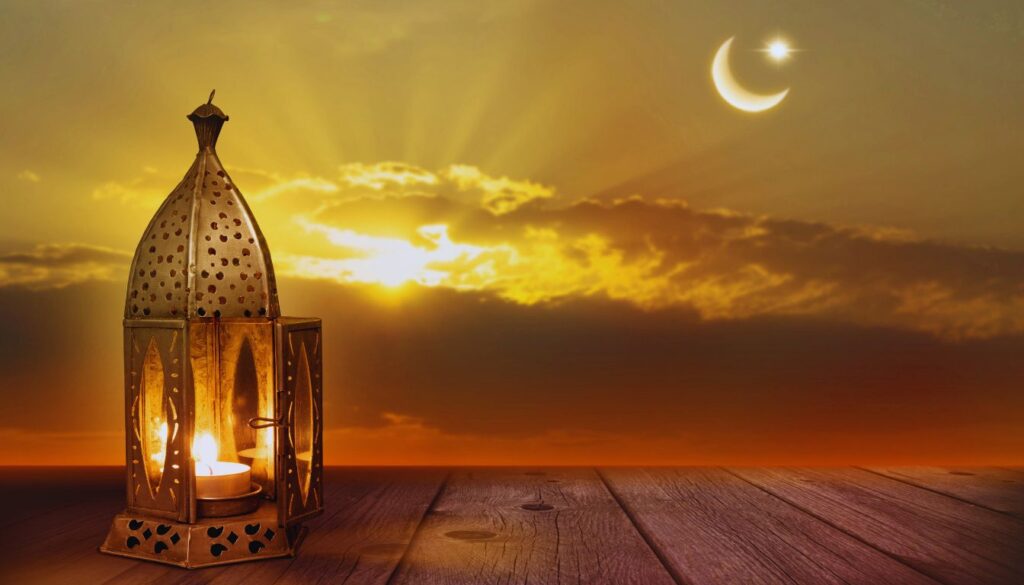
The Levant’s diverse religious landscape has significantly influenced its musical traditions. Religious music plays a crucial role in worship, celebrations, and cultural identity for the region’s various faith communities.
Islamic Musical Traditions:
Nasheed:
- Islamic devotional songs
- Often performed a cappella or with minimal instrumentation
Christian Musical Traditions:
Byzantine Chant:
- Used in Eastern Orthodox churches
- Characterized by monophonic, unaccompanied singing
Syriac Chant:
- Ancient tradition of the Syriac churches
- Uses unique scales and melodic patterns
Maronite Hymns:
- Blend of Middle Eastern and Western musical elements
- Often incorporate the buzuq and other traditional instruments
Jewish Musical Traditions:
Piyyutim:
- Liturgical poems often set to music
- Sephardic traditions have been particularly influential in the Levant
Sufi Music:
- Mystical branch of Islam with rich musical traditions
- Includes practices like dhikr (rhythmic repetition of God’s names) and sama (spiritual concerts)
While these traditions remain distinct, there has been considerable cross-pollination between them over the centuries. Many Levantine musicians draw inspiration from various religious musical traditions, regardless of their personal faith.
Iconic Levantine Musicians and Their Legacy
The Levant has produced many influential musicians who have shaped not only regional music but also gained international recognition. Here are some iconic figures in Levantine music:
Fairuz (Lebanon):
- Known as the “Jewel of Lebanon”
- Her morning broadcasts are a daily ritual for many in the Arab world
- Blends traditional Arab music with Western influences
Sabah Fakhri (Syria):
- Master of traditional Arabic music and tarab
- Known for his powerful voice and ability to sing for hours without strain
Zaki Nassif (Lebanon):
- Composer who incorporated Lebanese folk themes into his work
- Known for patriotic songs that celebrate Lebanese culture
Marcel Khalife (Lebanon):
- Oud player and composer known for his innovative approach
- Set Palestinian poetry to music, becoming a voice for Arab causes
Nasri Shamseddine (Lebanon):
- Singer and composer who helped popularize the dabke
- Known for his contributions to Lebanese folk music
Samira Tawfik (Syria):
- Popular singer known for her interpretations of traditional songs
- Helped bring Levantine music to a wider Arab audience
These artists, among many others, have played crucial roles in preserving traditional Levantine music while also innovating and bringing it to new audiences. Their work continues to inspire new generations of musicians in the Levant and beyond.
The Influence of Western Music on Levantine Sounds
The 20th and 21st centuries have seen increasing Western influence on Levantine music, leading to new fusion styles and musical approaches.
Key Developments:
Adoption of Western Instruments:
- Instruments like the piano, guitar, and saxophone have been incorporated into Levantine music
- Often used alongside traditional instruments, creating unique sound blends
Influence of Western Pop and Rock:
- Many Levantine artists have incorporated elements of Western pop and rock into their music
- Led to the development of Arabic pop, a genre that blends Arab and Western styles
Jazz Influence:
- Jazz has had a significant impact, particularly in terms of improvisation techniques
- Artists like Ziad Rahbani have created unique jazz-Arab fusion styles
Classical Music Crossovers:
- Some composers have blended Western classical music with traditional Levantine styles
- Resulted in orchestral works that incorporate Arabic scales and rhythms
Electronic Music:
- The rise of electronic music has influenced Levantine artists
- Led to the creation of electronic/dance music that incorporates traditional Middle Eastern sounds
Globalization of Music:
- Increased exposure to global music trends has led to more diverse influences in Levantine music
- Collaborations between Levantine and Western artists have become more common
While Western influence has brought new dimensions to Levantine music, many artists strive to maintain a balance, preserving traditional elements while exploring new musical territories. This ongoing dialogue between Eastern and Western musical traditions continues to shape the evolving landscape of Levantine music.
Contemporary Levantine Music: Fusion and Innovation
The contemporary Levantine music scene is vibrant and diverse, characterized by a spirit of innovation and cultural fusion. Artists are finding new ways to honor their musical heritage while also pushing boundaries and exploring new sounds.
Key Trends in Contemporary Levantine Music:
Electro-Tarab:
- Blends traditional Arabic music with electronic beats
- Artists like Yasmine Hamdan have gained international recognition in this genre
Arabic Hip-Hop:
- Incorporates elements of American hip-hop with Arabic language and cultural themes
- Groups like Lebanese crew Fareeq el Atrash are at the forefront of this movement
Indie Rock:
- Bands like Mashrou’ Leila from Lebanon have gained a following with their blend of Arabic lyrics and Western rock sounds
Experimental Music:
- Artists are exploring unconventional sounds and compositions
- Often blends traditional instruments with electronic music and found sounds
Revival of Traditional Styles:
- Some artists focus on reviving and reinterpreting traditional music forms for modern audiences
- Aims to preserve cultural heritage while making it relevant to younger generations
Cross-Cultural Collaborations:
- Increased collaboration between Levantine artists and musicians from other parts of the world
- Results in unique fusion styles that transcend cultural boundaries
Socially Conscious Music:
- Many contemporary artists use their music as a platform for social and political commentary
- Addresses issues like war, inequality, and cultural identity
The contemporary Levantine music scene is marked by its diversity and willingness to experiment. While some artists focus on preserving and revitalizing traditional forms, others are creating entirely new genres that reflect the complex, multicultural reality of the modern Levant. This dynamic environment continues to produce exciting new sounds and musical experiences, ensuring that Levantine music remains a vibrant and evolving art form.
Levantine Music in the Global Scene
In recent decades, Levantine music has increasingly found its place on the global stage, reaching audiences far beyond the Middle East. This internationalization has both spread Levantine musical traditions and opened up new opportunities for cultural exchange.
Global Reach of Levantine Music:
World Music Festivals:
- Levantine artists regularly feature at international world music events
- Festivals like WOMAD have provided platforms for Levantine musicians
Collaborations with International Artists:
- Levantine musicians have collaborated with artists from various genres and cultures
- These collaborations often result in innovative fusion styles
Diaspora Communities:
- Levantine diaspora communities have played a crucial role in spreading their music globally
- Cities like Paris, London, and New York have vibrant Levantine music scenes
Digital Platforms:
- Streaming services and social media have made Levantine music more accessible globally
- Allows niche artists to find international audiences
Film and Television:
- Use of Levantine music in international films and TV shows has increased its exposure
- Soundtracks featuring Levantine artists have gained recognition
Academic Interest:
- Growing academic interest in Levantine music has led to its inclusion in world music curricula
- Increased research and documentation of Levantine musical traditions
Challenges and Opportunities:
While globalization has brought Levantine music to new audiences, it also presents challenges. There’s a constant balance between preserving authentic traditions and adapting to global tastes. Some artists worry about the commercialization and dilution of their cultural heritage, while others see global exposure as an opportunity to keep their traditions alive and evolving.
Despite these challenges, the global reach of Levantine music has undoubtedly enriched the world music scene. It has provided a musical window into Levantine culture, fostering cross-cultural understanding and appreciation. As Levantine artists continue to innovate and collaborate on the world stage, their music serves as a powerful ambassador for the rich cultural heritage of the Eastern Mediterranean.
Conclusion: The Enduring Appeal of Levantine Melodies
Levantine music, with its rich history and diverse influences, continues to captivate listeners around the world. From the emotional depths of tarab to the infectious rhythms of dabke, from ancient religious chants to cutting-edge electronic fusion, the music of the Levant offers a sonic journey through centuries of cultural exchange and artistic innovation.
The enduring appeal of Levantine music lies in its ability to evoke profound emotions, tell compelling stories, and bridge cultural divides. It’s a music that honors its roots while constantly evolving, adapting to new influences and technologies without losing its essential character.
Key aspects of Levantine music’s enduring appeal include:
- Emotional Depth: The concept of tarab and the expressive nature of maqam allow for powerful emotional connections.
- Cultural Richness: Levantine music reflects the region’s diverse heritage, offering a window into its complex history and vibrant culture.
- Rhythmic Vitality: From the energetic beats of folk dances to the intricate rhythms of classical compositions, Levantine music gets people moving.
- Vocal Traditions: The emphasis on vocal prowess and poetic lyrics connects listeners to a long tradition of oral storytelling.
- Instrumental Diversity: The unique timbres of traditional instruments create a distinctive sound world that continues to fascinate listeners.
- Adaptability: Levantine music’s ability to blend with other styles demonstrates its flexibility and relevance in a globalized world.
As we look to the future, Levantine music seems poised to continue its journey of evolution and expansion. New generations of artists are finding innovative ways to honor their musical heritage while speaking to contemporary realities. At the same time, growing global interest in world music provides opportunities for Levantine artists to reach even wider audiences.
Whether you’re drawn to the intricate melodies of a classical oud performance, moved by the powerful voice of a tarab singer, or energized by the latest Arabic pop hit, Levantine music offers something for every listener. It’s a testament to the power of music to preserve culture, express identity, and create connections across time and space.
In a world that often seems divided, the harmonies of Levantine music remind us of our shared humanity and the beauty that can emerge when diverse cultural traditions come together. As long as there are stories to tell and emotions to express, the melodies of the Levant will continue to resonate, inviting us all to listen, feel, and connect.
Discover the must-visit cultural destinations of Levantine culture

